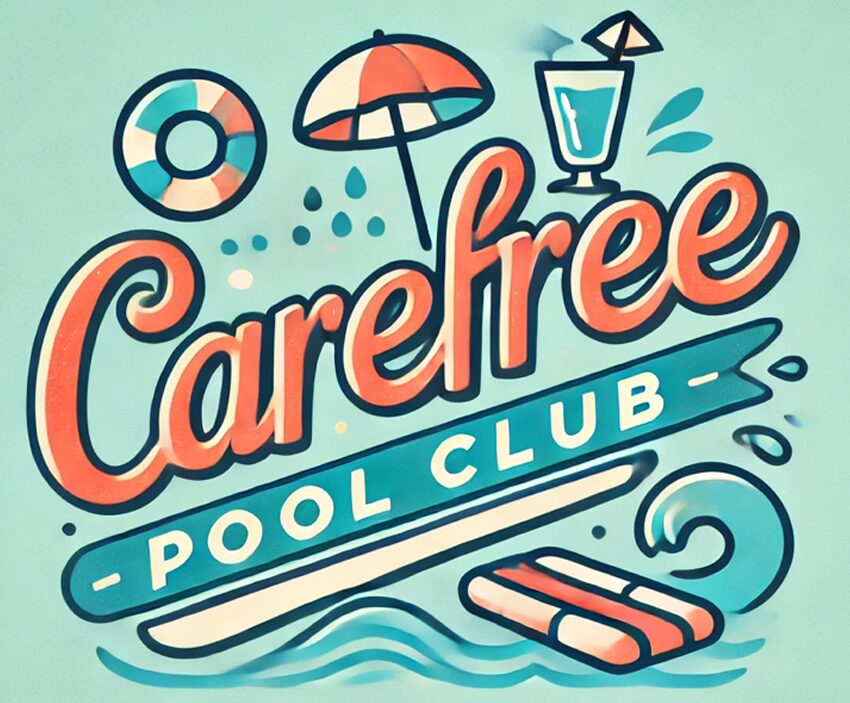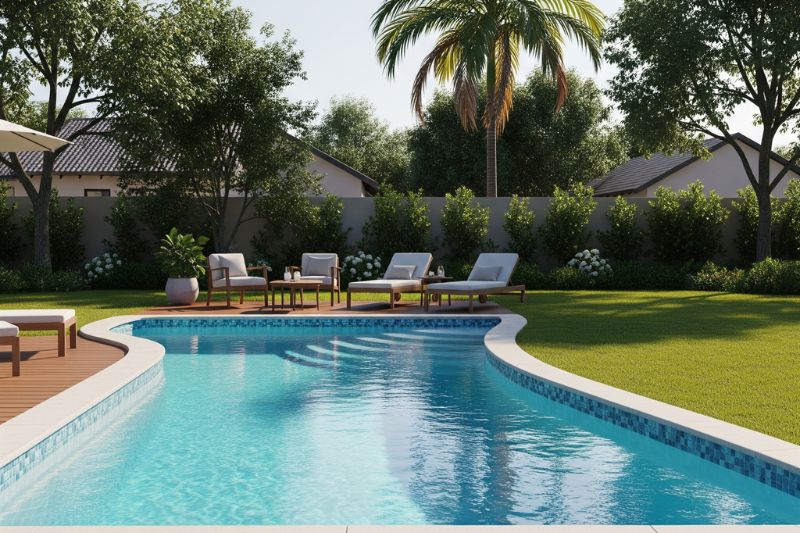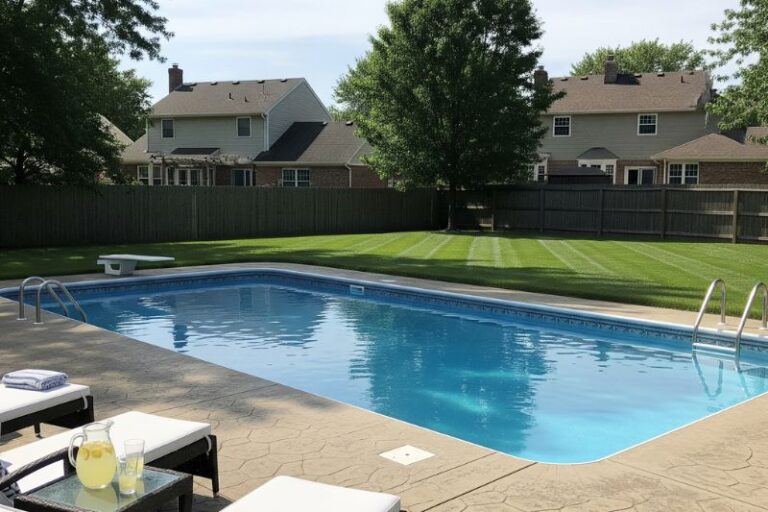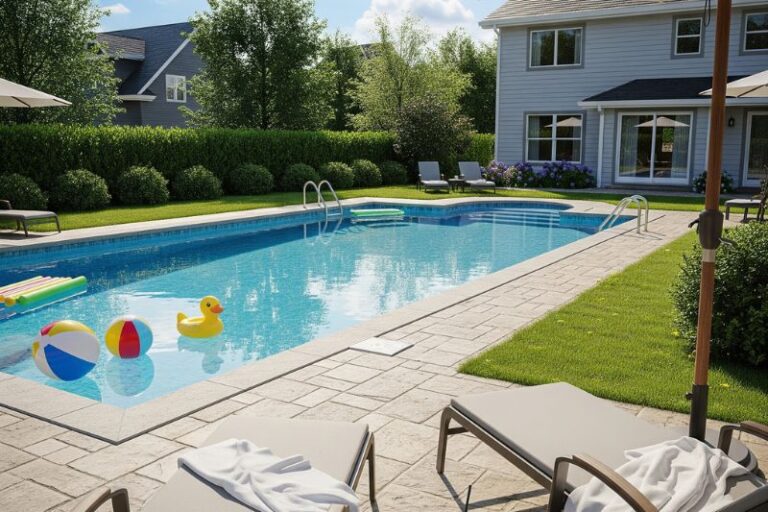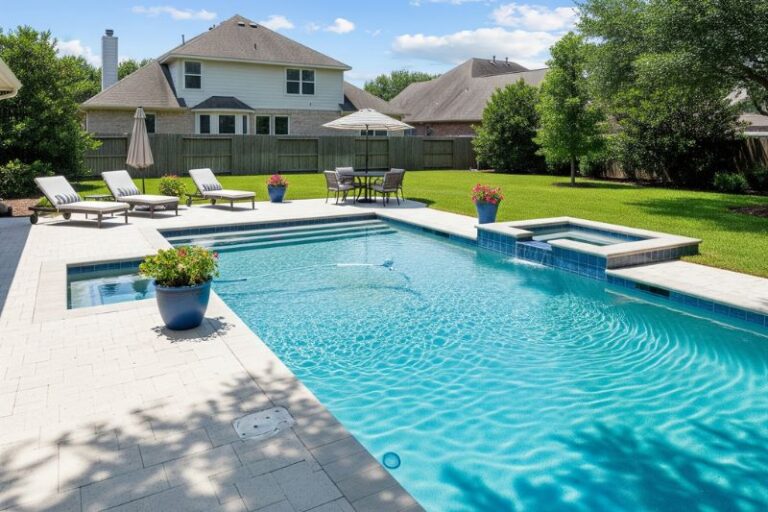Chapter One: You Thought You Were Nailing It
Oh, look at you. Pool owner of the year. You skim, you vacuum, you even drop in those fancy shock packets like you’re doing real science. But here we are, a rusted pool ladder mocking you every time you swim. And yes, it is your fault.
Let’s walk through the basics you think you’ve mastered.
Chapter Two: The Chemistry You Ignored
You can’t see pH. It doesn’t make fun splashy colors. But it quietly wrecks your equipment like a vengeful ghost. A low pH means your water is acidic. And acidic water? It loves to chew on metal.
What Happens When pH Is Too Low:
- Ladder joints start corroding.
- Metal screws in rails weaken.
- You get that lovely orange stain of regret.
And once rust starts, it spreads. So that one little spot on your ladder? It’s the beginning of a metal apocalypse.
Target pH Range:
- 7.2 to 7.8
- Test weekly (or more in hot weather)
- Adjust with soda ash or muriatic acid depending on your result
Chapter Three: You Shocking Wrong
Yes, shocking is important. No, dumping in chlorine at random isn’t the same as maintaining a proper level.
Mistake Breakdown:
- Over-shocking: Too much chlorine drops your pH.
- Under-shocking: Algae grows, pH spikes.
- Inconsistent schedules: Fluctuations everywhere.
Fix It:
- Shock at night.
- Test before and 12 hours after.
- Balance pH after shocking. Always.
Chapter Four: That Time You Forgot Calcium
Low calcium hardness makes water “hungry.” It starts eating your metal parts to satisfy itself. Your ladder? A snack.
Ideal Calcium Range:
- 200–400 ppm
What To Do:
- Use a calcium increaser if levels are low.
- Avoid soft water fills unless you adjust.
Chapter Five: The Filter You Forgot
Dirty filters send debris and metals back into circulation. That junk settles around the base of your ladder and turns into a rust breeding ground.
What You Missed:
- Filters should be cleaned monthly (more if you use your pool daily).
- Replace cartridges annually.
- Backwash weekly if using sand or DE.
Chapter Six: The Checklist You Need
You’re not a bad pool owner. You just skipped the boring stuff. Here’s how to stay on top of it:
Weekly To-Do List:
- Test pH levels
- Check calcium hardness
- Shock the pool properly
- Clean the filter
- nspect metal equipment for early signs of rust
Monthly To-Do List:
- Deep clean ladder and railings
- Test for total alkalinity
- Inspect filter media
- Recheck your water source (fill water might be soft)
Chapter Seven: You Got This, Really
If your pool ladder looks like it’s been aged 50 years in two summers, it’s not bad luck. It’s bad chemistry. But now you know the truth. And if you want your ladder to stop rusting, the first step is fixing that pH.
Your water is waiting. And yes, it’s silently judging you.
